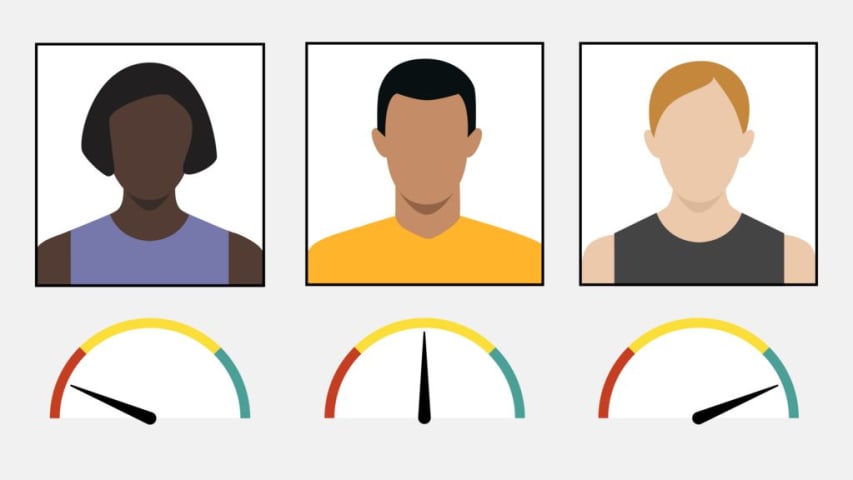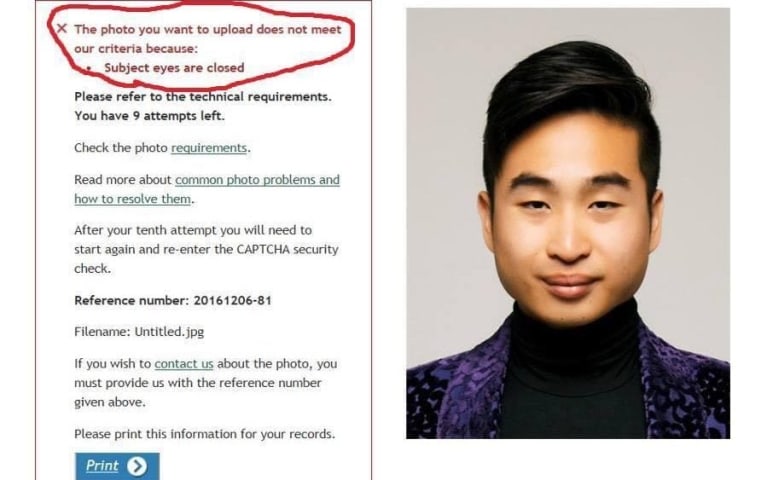Entities
View all entitiesCSETv0 Taxonomy Classifications
Taxonomy DetailsProblem Nature
Specification
Physical System
Software only
Level of Autonomy
Medium
Nature of End User
Amateur
Public Sector Deployment
Yes
Data Inputs
Passport IDs
CSETv1 Taxonomy Classifications
Taxonomy DetailsIncident Number
87
Notes (special interest intangible harm)
The report focused on differential treatment to black women. However, it also showed differential treatment based individually on gender and lightness of skin tone.
Special Interest Intangible Harm
yes
Date of Incident Year
2020
Risk Subdomain
1.3. Unequal performance across groups
Risk Domain
- Discrimination and Toxicity
Entity
AI
Timing
Post-deployment
Intent
Unintentional
Incident Reports
Reports Timeline

Women with darker skin are more than twice as likely to be told their photos fail UK passport rules when they submit them online than lighter-skinned men, according to a BBC investigation.
One black student said she was wrongly told her mou…



